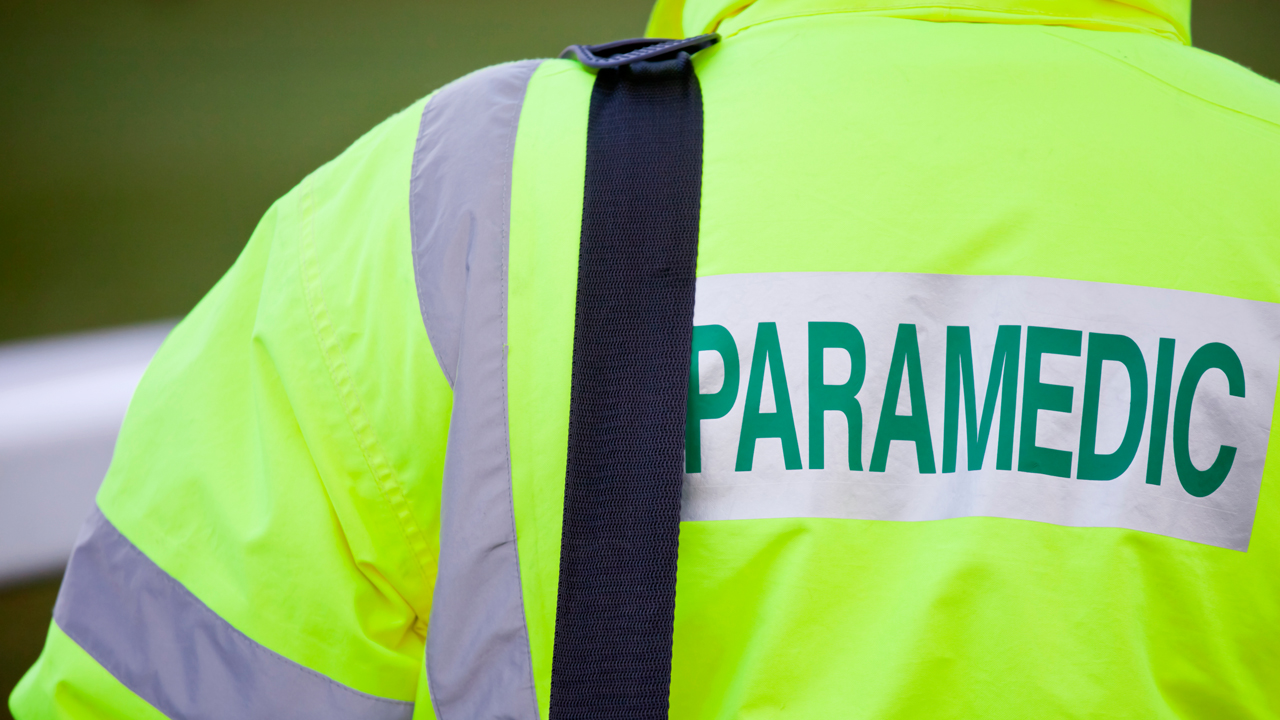
After a traumatic injury, every second counts. Whether wounded on the battlefield or hurt in a car crash, someone who has been severely injured needs to reach a hospital as soon as possible. But the farther away they are from one, the harder it is for first responders to get them there within the “golden hour” — the short window of time when life-saving medical treatments are most likely to succeed.
A drug therapy developed by three University of Minnesota researchers could extend this window, giving patients more time to reach the emergency room. The treatment, called BHB/M, is designed to be delivered by IV into the veins of someone suffering from hemorrhagic shock — when the body loses a severe and potentially fatal amount of blood — to help stop their organs from shutting down. Each year, between 300,000 and 400,000 people in the U.S. suffer from hemorrhagic shock. Greg Beilman, M.D., professor of surgery with the U of M Medical School and one of the BHB/M researchers, estimates that 45,000 to 60,000 of those people die from their severe blood loss.
Now, through a unique collaboration between the researchers, U staff and industry consultants, the technology is moving closer to the market. Last month, the project received $2.5 million in funding from the U’s Center for Translational Medicine to conduct the necessary preclinical work to file for clinical trial approval from the Food and Drug Administration.
“This collaboration between units has helped us put the pieces together to figure out if the therapy has legs,” Beilman said. “It’s been exciting to watch this process move the technology closer to fruition.”
The drug’s creation traces back to 2005. Matthew Andrews, Ph.D., McKnight Presidential Professor of Biology at the University of Minnesota Duluth and an expert on hibernation in mammals, had noticed that thirteen-lined ground squirrels (also known as striped gophers) produced higher levels of a natural compound called D-Beta Hydroxybutyrate (or BHB) while hibernating and also showed spikes in melatonin during brief mid-hibernation awakenings. These two compounds, he realized, play a crucial role in allowing the squirrel’s blood flow and metabolism to naturally lower during hibernation without harming its organs.
Andrews ran tests and found injections of BHB and melatonin prolonged animals’ survival after severe blood loss by nearly four times. He soon approached Beilman with this news, and together with Lester Drewes, Ph.D., professor of biomedical sciences at UMD, they set out to develop a drug therapy that could have a similar live-saving effect in humans.
Since then, the team has made significant progress. They have conducted 18 studies through funding from two military funding organizations, the Defense Advanced Research Projects Agency and the U.S. Army Medical Research and Materiel Command. They have also published many articles and have been awarded a patent for the technology, with a second in progress. But the greatest challenge still remains — bringing the therapy beyond the lab and into the hands of first responders.
Charting the Path to Market
Perseverance and collaboration have been key to the project’s progress so far. In the late 2000’s, two attempts to commercialize an earlier version of the BHB/M technology through startup companies fell short, hampered in part by the poor market conditions of the 2008 recession.
In 2014, the Committee for Pharmaceutical Development, a part of the U’s Clinical and Translational Science Institute that provides guidance and funding for bringing pharmaceutical discoveries to market, connected experts between University units like the Office of Discovery and Translation and the Office for Technology Commercialization. These U experts, along with external, industry-based drug development consultants, began working together to help BHB/M bridge the gap between preclinical and clinical studies and navigate the complex path to commercialization.
“We are working to overcome the challenges of commercialization through this approach, with each group contributing its own expertise,” said Jodi Rebuffoni, program manager with CTSI’s Office of Discovery and Translation and part of the team guiding BHB/M. “The team’s efforts have raised the commercialization potential of this therapy and increased the chances that it can someday help real people.”
Moving forward, the team hopes to find additional outside funding to support the first phase of clinical trials and keep the treatment moving forward. With each stage of development it passes through, the treatment becomes more appealing to investors and pharmaceutical companies because the risk and time involved in bringing it to market decreases.
Potential to Help Tens of Thousands
Right now, there is no treatment similar to BHB/M available. First responders rely on blood and plasma transfusions along with techniques that help stop bleeding, such as putting pressure on a wound or tying a tourniquet. BHB/M would not replace any of these methods, but serve as an additional treatment to help the injured survive.
For Beilman, the project holds a special importance. In addition to his professional experience as a scientist and physician, he spent 25 years in the military, during which he saw firsthand the very type of injuries that BHB/M could help people survive. He knows providing a little more time to get to an operating room could mean the difference between life and death.
“For soldiers on the battlefield, bleeding out is the cause of three-fourths of all potentially preventable deaths,” Beilman said. “For the people that currently die during transport or shortly after arrival in the hospital, this treatment might help a portion of those patients survive.”